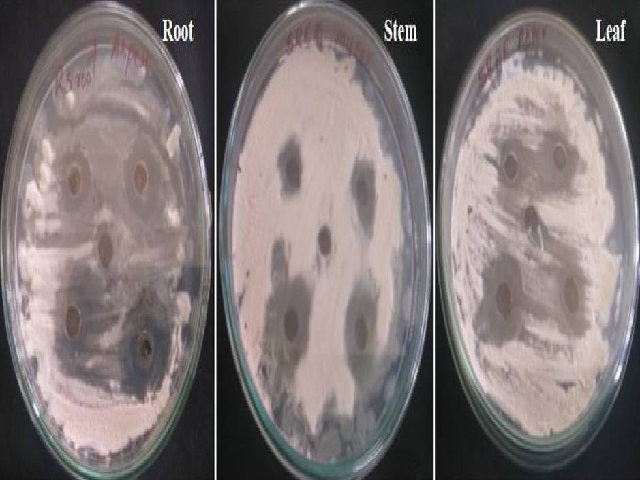Ball Milling Synthesis of Herbal Nanopowders from Various Parts of Rauwolfia Serpentina, and their GC-MS Analysis and Evaluation Of Antimicrobial Activity.
DOI:
https://doi.org/10.5530/ctbp.2022.3.51Keywords:
Rauwolfia serpentina, Ball milling, Herbal nano particles, GC-MS.Abstract
In the field of nanotechnology Green synthesis of nanoparticles has received increasing attention because of its eco-friendliness, cost effective nature, safety and simplicity. The present study focuses on the production of herbal nanopowders from Rauwolfia serpentina, an important medicinal plant of Apocynaceae, employing ball milling technique which produces homogenous nanoparticles. These nanoparticles were then thoroughly characterized using UV–Visible spectroscopy, Scanning Electron Microscopy, X-Ray Diffraction. FTIR confirmed the presence of various functional groups in the herbal nanopowders. Then the bio-active constituents in root, stem and leaf nanopowders were evaluated using GC-MS. Different types of compounds were identified in root, stem and leaf nanopowders by comparison of GC-MS spectrum with Library searches. The Anti bacterial and anti fungal activity of methanolic root, stem and leaf nano powder extacts are tested against selected bacteria (Klebsiella pneumoniae, Salmonella typhi, Vibrio cholerae ,Corynebacterium diphtheriae, Vibrio parahemolyticus) and selected fungi (Aspergillus fumigatus, Candida albicans, Mucor hiemalis). The methanolic extract of synthesized herbal nanoparticles showed potent antimicrobial activity against all the test bacteria and fungi when compared to standard drugs. Key words: Rauwolfia serpentina, Ball milling, Herbal nano particles, GC-MS.



